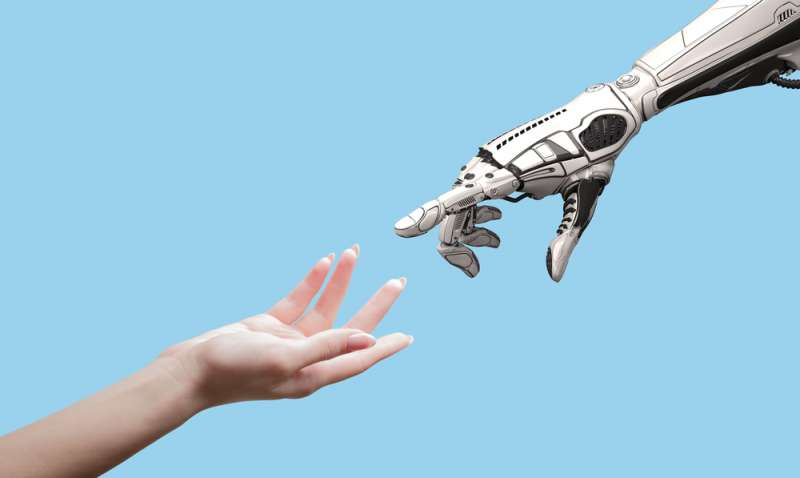<p style="text-align: justify;">Collaborative robots also known as <a href="https://www.universal-robots.com/products/collaborative-robots-cobots-benefits/">cobots</a> are the workforce of the future if recent research is anything to go by. While robots have been widely used in the manufacturing industry for many years as a replacement for human labor, collaborative robots are an entirely different ball game.</p>
<p style="text-align: justify;">Collaboration is defined as the act of working with someone to produce something. Therefore, cobots are built and designed with that in mind, not to replace human workers but to work alongside them instead. While there are some activities and operations that cannot be fully automated, the speed of processing suffers when parts are being transferred forwards and backwards between robots locked in cages and human workers on the assembly line of a factory floor.</p>
<p style="text-align: justify;">Since cobots can quickly learn and adapt to different working environments, they could transform how we work in fact, major manufacturers such as ford have already on the collaborative robot bandwagon.</p>
<h2 style="text-align: justify;"><strong>Cobots complement human labor and assist when it is hard to come by</strong></h2>
<p style="text-align: justify;">Popular epithets to robots in more populous and labor-surplus countries such as India include job thieves, evil and anti-worker. However, when robots help free up labor for deployment somewhere else and complement human effort the conversation takes a positive turn.</p>
<p style="text-align: justify;">A plethora of companies have heavily benefited from collaborative robots which in turn have gained currency across the globe. In fact, most of these firms are planning to add more to their factory floors and no one is complaining. Cobots increase productivity and quality in a production line.</p>
<h2 style="text-align: justify;"><strong>How they work collaboratively with humans</strong></h2>
<p style="text-align: justify;">Since cobots are designed to work alongside human workers in a shared workspace, they not only support but also relieve their human co-workers from excess and strenuous work. For instance, cobots in small-scale industries are placed on drilling jobs while their human coworkers perform quality checks. Remember, collaborative robots are completely different from industrial robots as they don’t require fences or cages for the protection of human workers on the factory floor.</p>
<p style="text-align: justify;">Similarly, cobots working in an automotive factory tighten the bolts while human coworkers place the tools in front of the cobots. In biscuit-making factories, cobots can package the biscuits while their human counterparts remove the burnt ones that are not fit for consumption. Collaborative robots are easily becoming a success story especially in countries where they making small businesses competitive as well as creating jobs.</p>
<h2 style="text-align: justify;"><strong>Strengthening productivity</strong></h2>
<p style="text-align: justify;">According to estimates about 80% of downtime gets eliminated with the deployment of collaborative robots. This means that there are significant productivity benefits in using cobots. For this reason, several governments across the globe encourage the use of automation to increase economic growth. Additionally, a number of small-scale industries now prefer placing a cobot in key function and using a human operator to get the basic work done and feed in information.</p>
<h2 style="text-align: justify;"><strong>The intelligent use of robotics</strong></h2>
<p style="text-align: justify;">Instead of the industrial and manufacturing sectors engaging in sterile debates on the advisability of high technology, they should advocate for the development of capabilities in advanced areas such as automation, artificial intelligence, robotics and machine learning.</p>
<p style="text-align: justify;"> A popular cosmetic company deployed several cobots and immediately incorporated them into one of their high speed lines. What they discovered is that these collaborative robots eliminated a huge percentage of the load that was previously lifted by human workers in one shift. This in turn protected the health of the workers from being impacted.</p>
<p style="text-align: justify;">In 2017, Universal Robots one of the world’s largest cobot markers reported another record with a 72% increase in revenue over the previous year. This goes to show that collaborative robots are rapidly becoming a starting point as more manufacturers are embracing new technologies focused on automating processes. Cobots are not only easy to program, inexpensive and flexible but they can also easily automate tasks. In addition, their applications are projected to grow in the coming years as technology continues to enhance.</p>

Cobots: Doing What Humans Can Too
